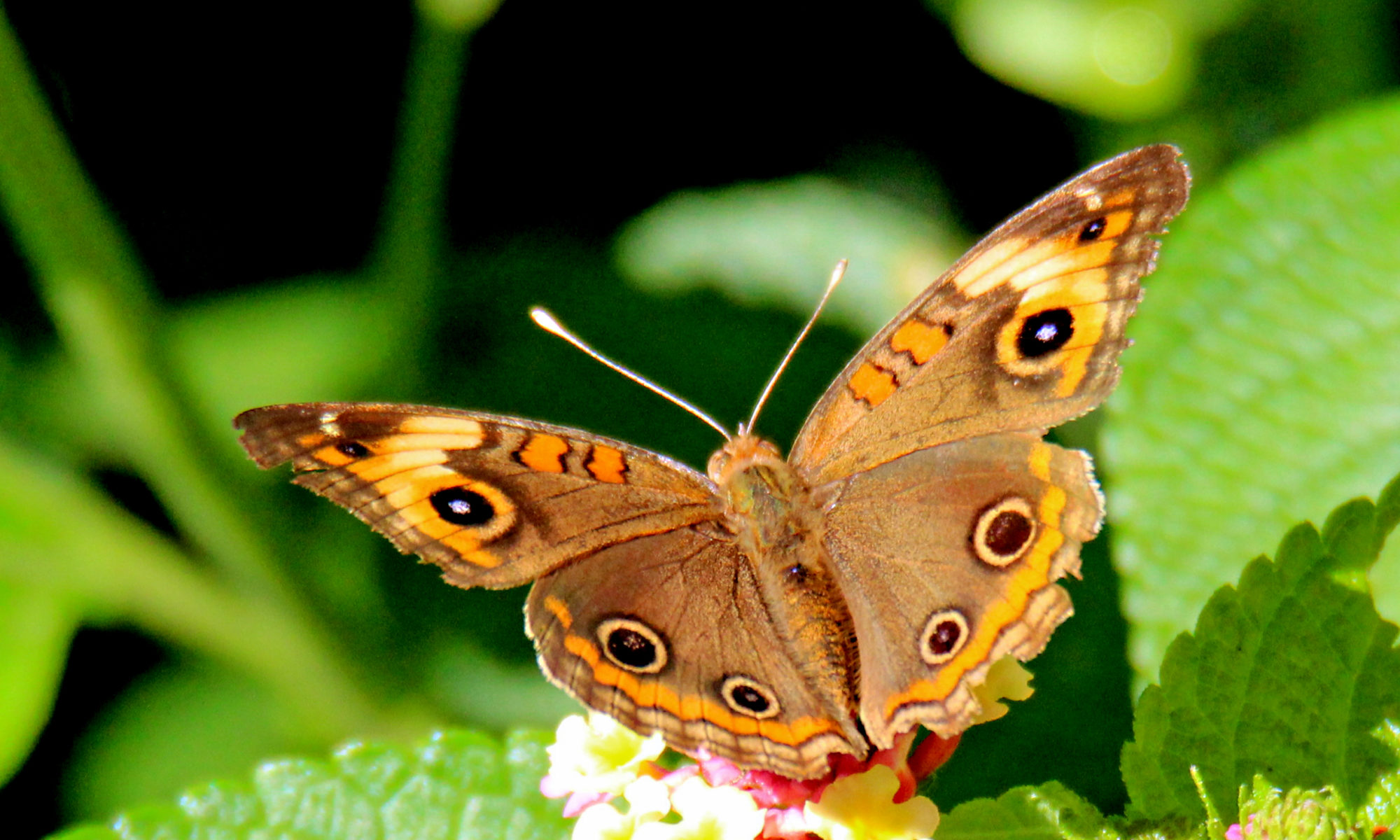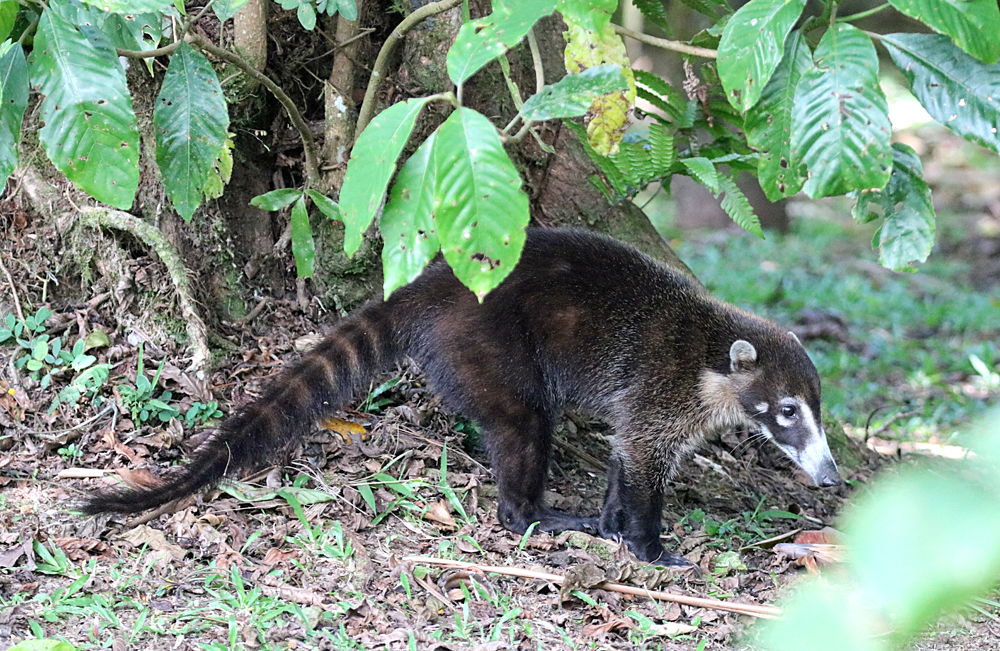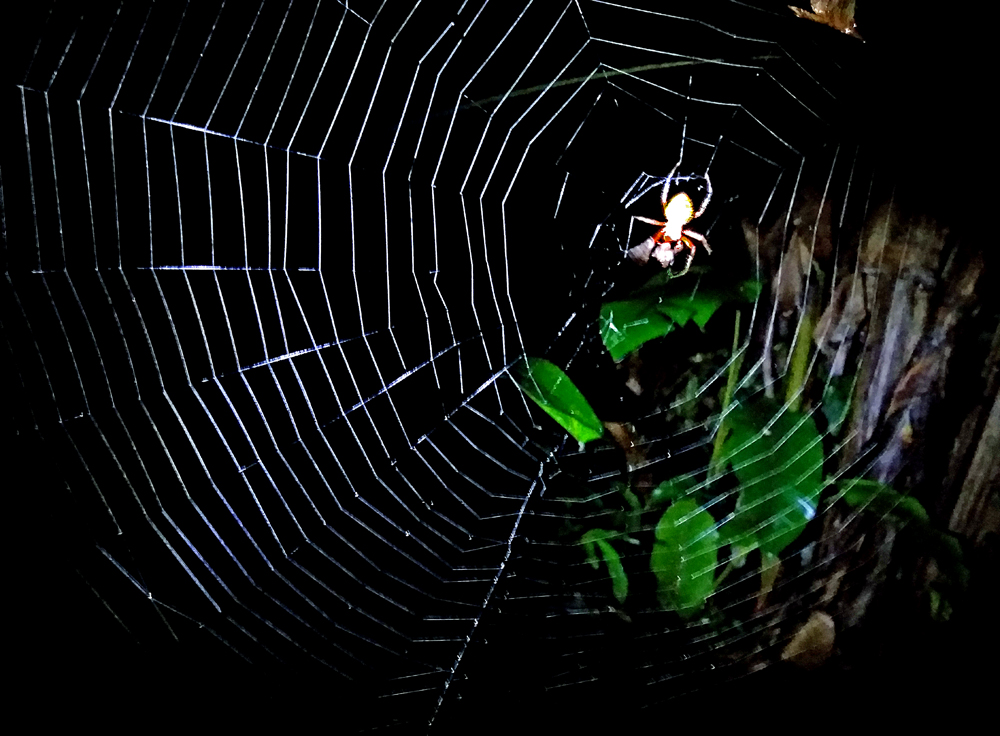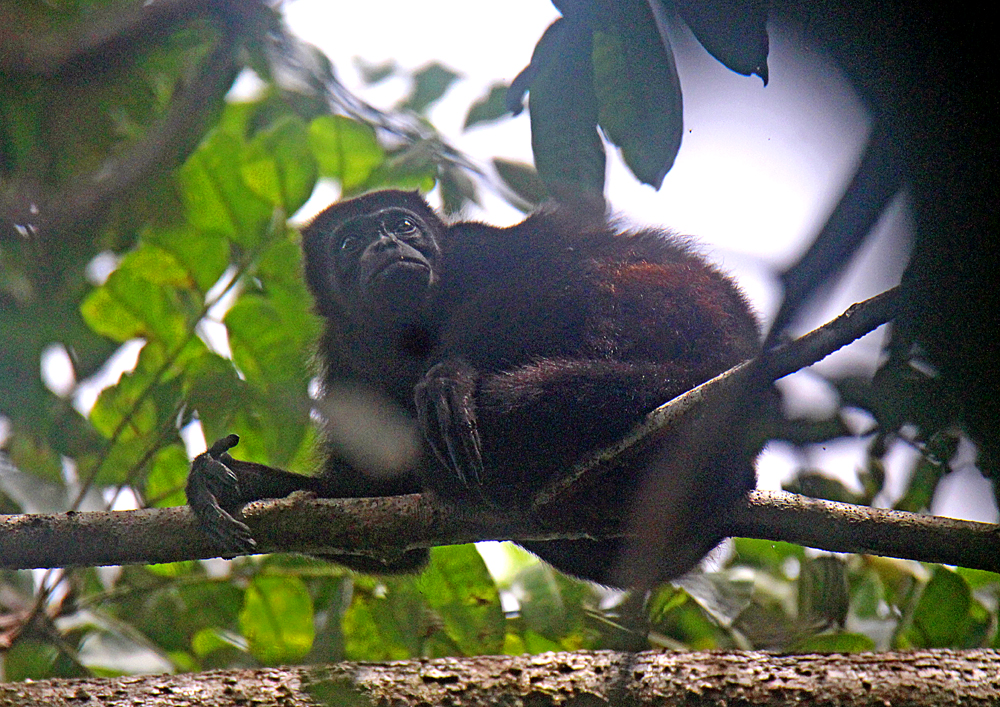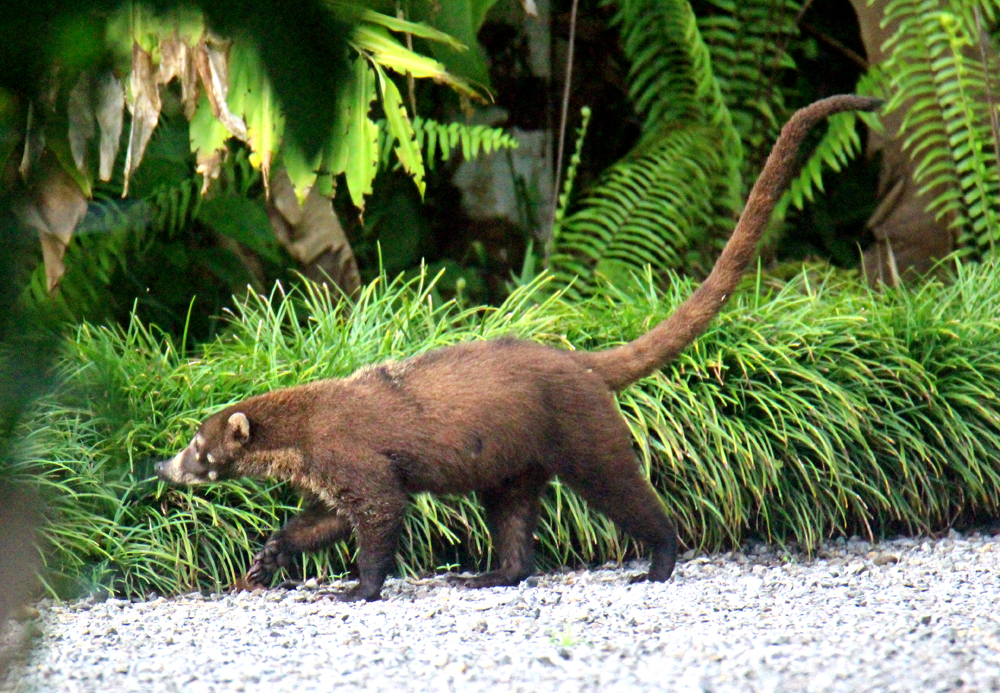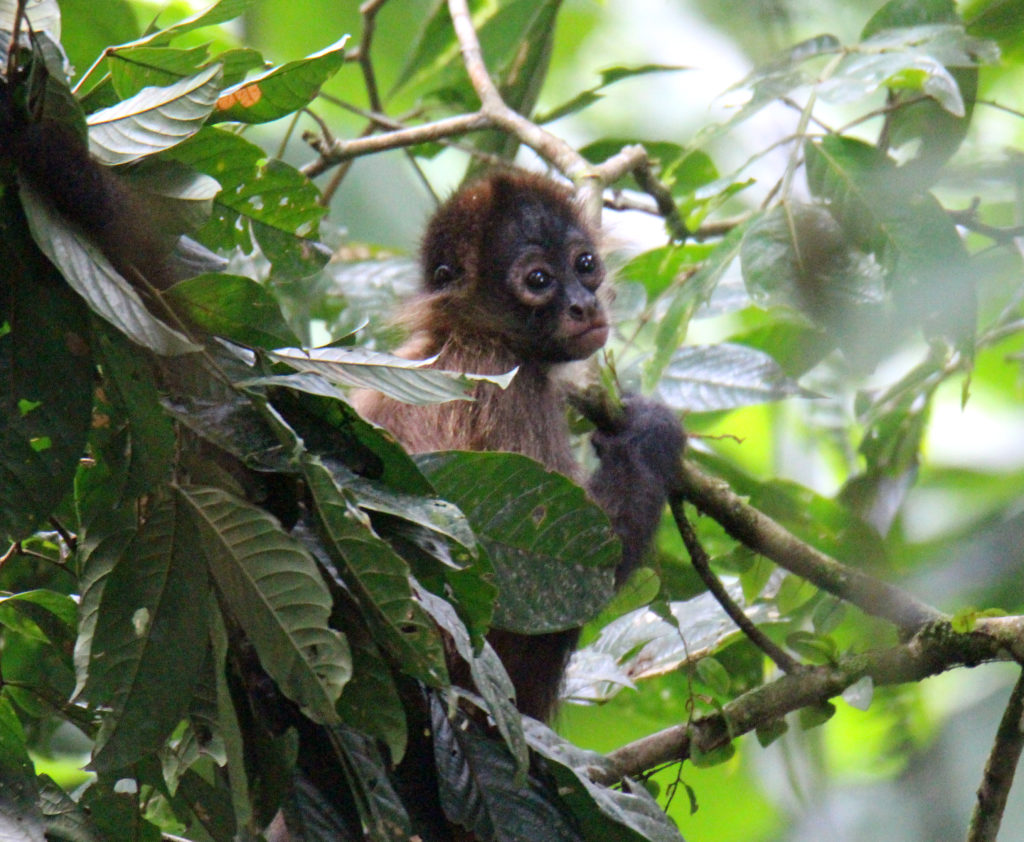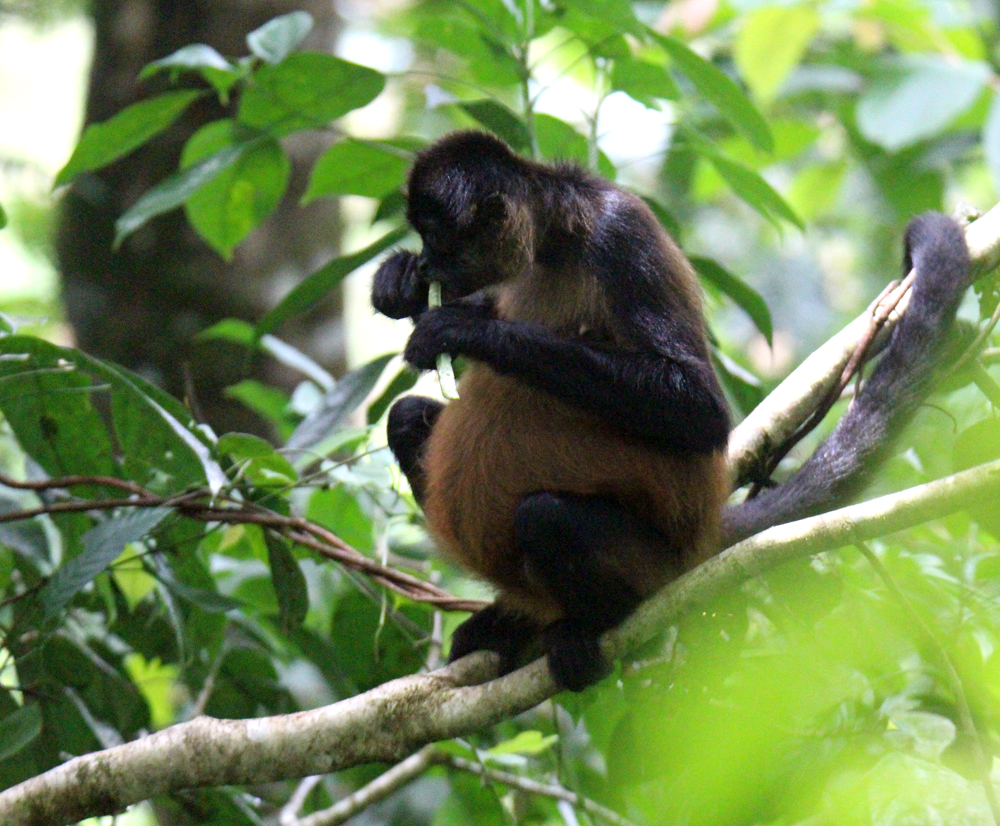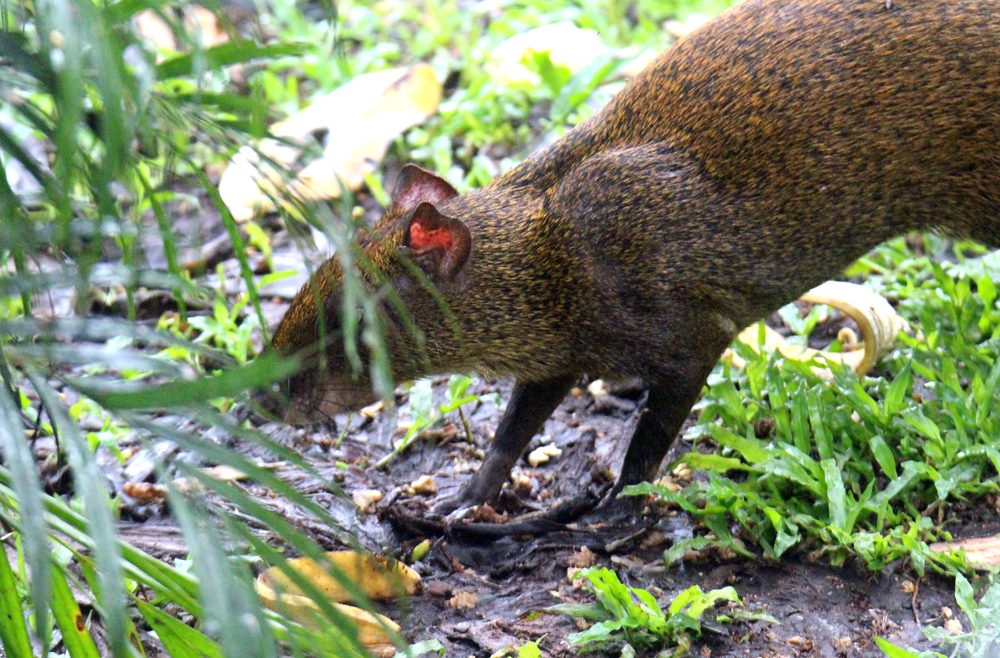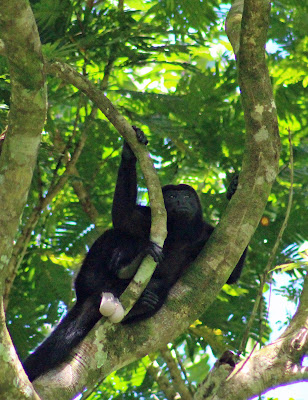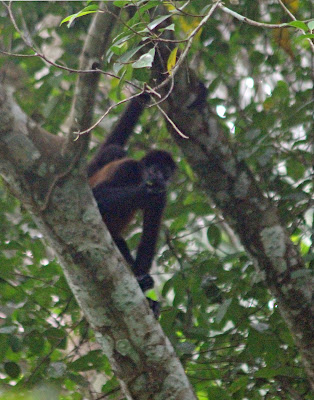Okay, I thought I was nearly through with the birds gallery, but still needed to process these other wildlife and the trip gallery’s Other Wildlife Gallery (linked to it) or you can click the below image of the first page of that gallery to go there!
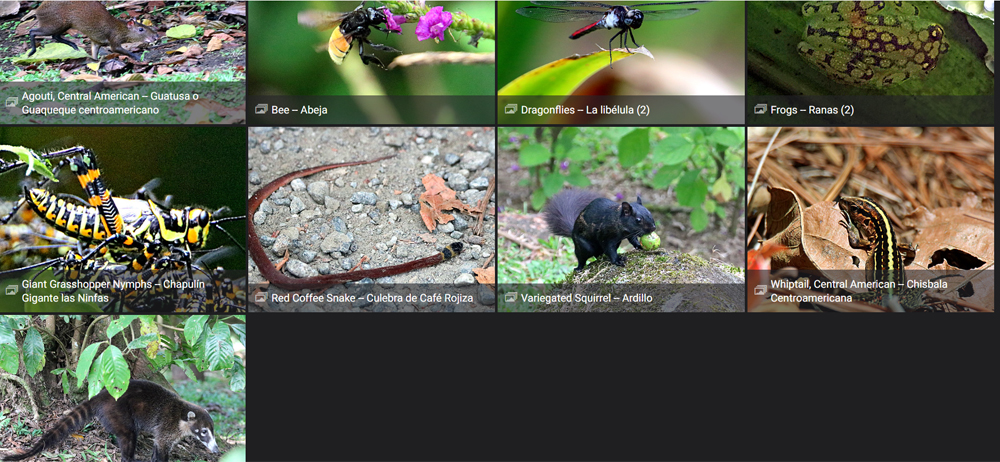
The featured image at top of post is of a White-nosed Coati which is pretty common all over Costa Rica. The other 10 species are also fairly common and I really hate that I missed the three species of monkeys found at Arenal, but my favorite place to photograph them is from about halfway up “The Nest” bird-watching tower at about 4:30 to 5:00 each evening as they return through the trees from feeding to their bedding down location, and it was raining every afternoon I was there and I did not want to get out in the rain! Sorry!
In the past I’ve gotten some good photos of both Mantled Howler Monkeys and the Central American Spider Monkeys at Arenal. The two monkey names above are linked to my species galleries which include photos from Arenal. The third monkey in Arenal, the White-faced Capuchin, I have never seen there, but I’ve linked them to my species gallery also, which includes photos from other places in Costa Rica I’ve seen them. All three are fairly common all over Costa Rica and I’m sorry I did not make more of an effort to photograph this trip! 🙂
I will clean up a few more lodge photos and then announce this total trip gallery soon I hope! 🙂
The next big trip is for my July 4 birthday to Maquenque Eco Lodge which has been my favorite lodge in Costa Rica, even though I don’t stay in the tree houses any more, one of my reasons for loving it. Then another favorite lodge good for butterflies is Xandari near Alajuela and I’ve sneaked in a 2 nighter there the in the middle of June. 🙂 But I really am slowing down on the travel as I am physically tiring more now and after Maquenque, nada mas until my annual Caribe trip in September. And in the meantime, I’m actually starting a process to look at and compare senior adult living facilities nearby, which surprises even me! 🙂 I’ll keep you blog readers posted on that and of course any future travel along with photos from my garden!
¡Pura Vida!
